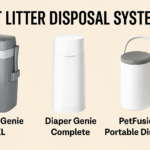Cat Health
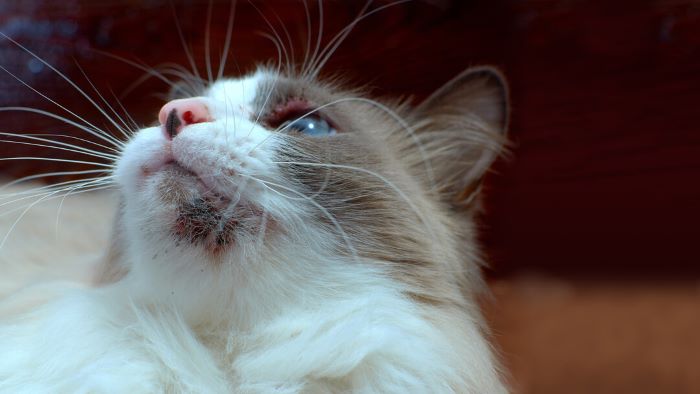
How to Treat and Prevent Folliculitis in Cats?
Folliculitis refers to an inflammatory skin condition in cats affecting the hair follicles. It causes small red bumps on the ...

Cat’s Immune System Information
Without a functioning immune system, our pets would easily fall prey to every hostile organism that came around. Immunity is ...
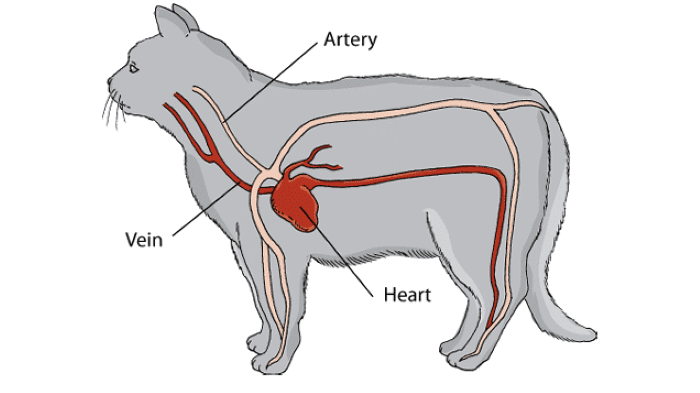
Cat’s Cardiovascular system
The heart and the blood vessels form the cardiovascular system. The cat’s heart is a four-chambered pump, about the size ...
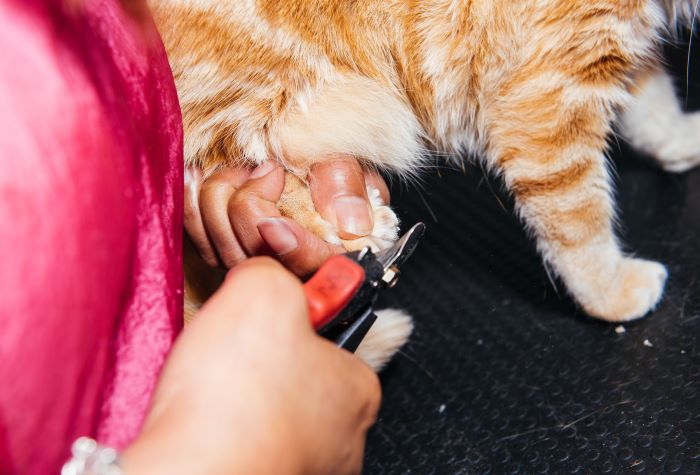
Declawing Cats
The decision as to whether to have a cat declawed is certainly a controversial one, yet it is one that ...

Diabetes Insipidus in Cats
This type of diabetes should not be confused with diabetes mellitus, which involves abnormal glucose metabolism. Diabetes insipidus involves abnormal ...
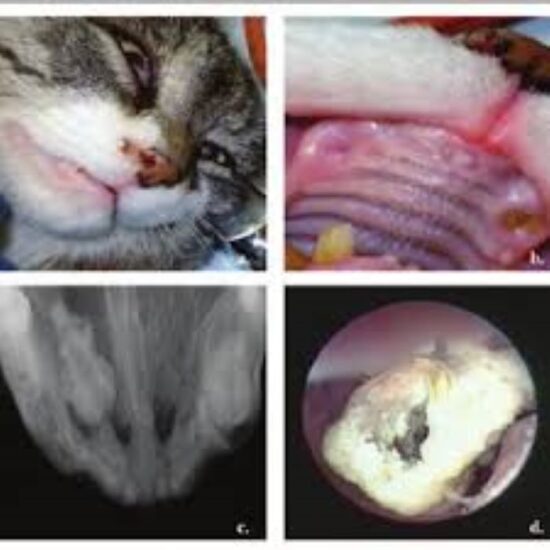
Nasal Foreign Bodies
Occasionally, foreign bodies can gain entrance into the nasal passageways of cats via the mouth, causing extreme irritation and rhinitis ...
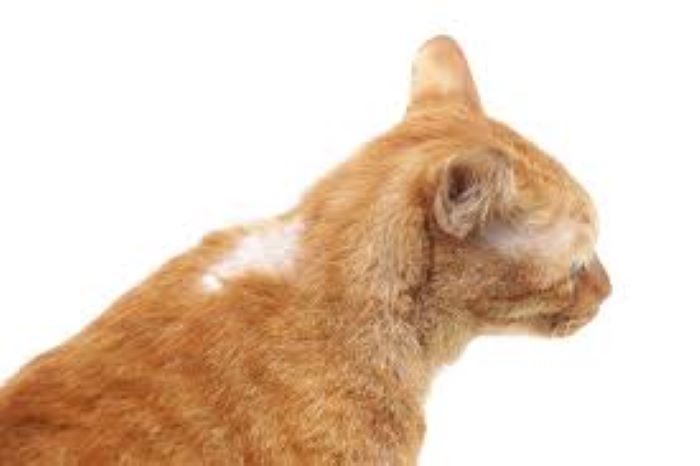
Hair Loss in Cats – (Alopecia)
Loss of hair, either locally or generalized over the coat of a cat, is another type of skin problem that ...
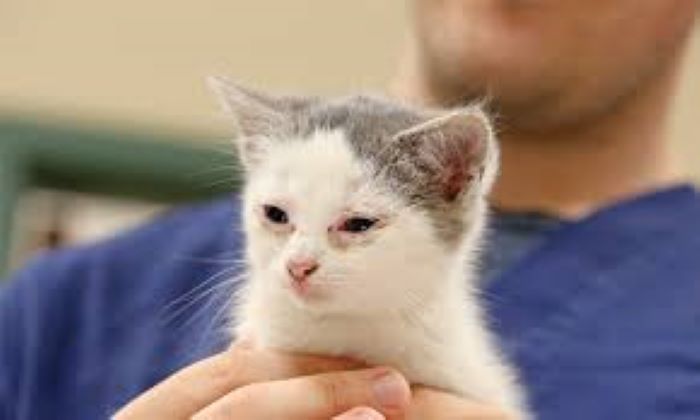
Chlamydophila in Cats: Symptoms and Treatments
Chlamydophila refers to a type of bacteria affecting cats that can cause infections like conjunctivitis, rhinitis, and respiratory disease. This ...
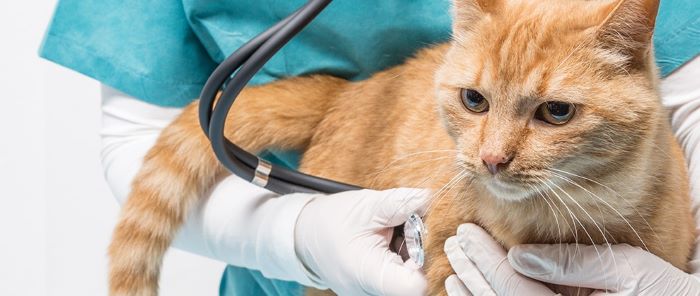
Arterial Thromboembolism
Cats afflicted with cardiomyopathy suffer from impaired circulation, which in turn can lead to a condition known as arterial thromboembolism. ...

Causes of Obesity
The causes of obesity in cats are numerous, but the first and foremost of them is plain, old dietary indiscretion ...



